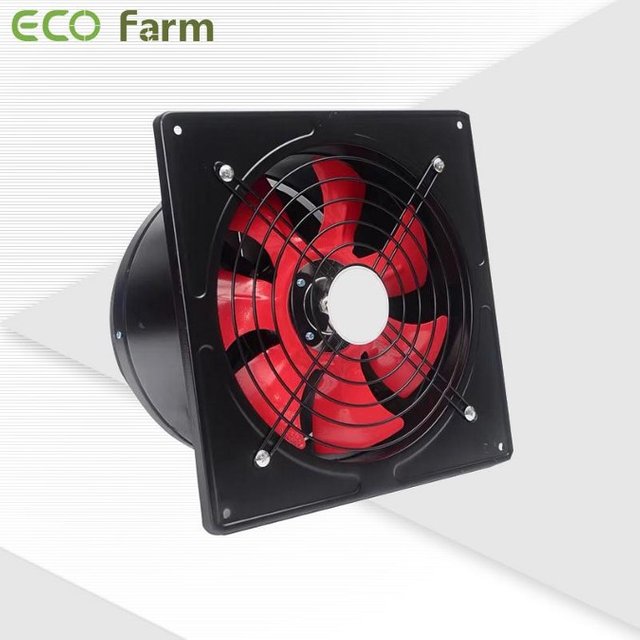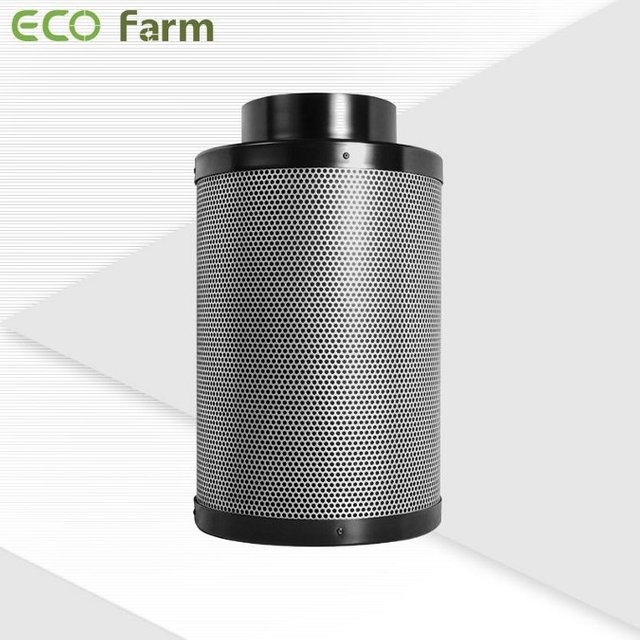‘The Indoor plants Grow Room’ is where it all happens. The germination, early growing, vegetation, and flowering stages of your beloved plants will all take place here. Any problems you encounter and solutions you discover will occur here. Whether your harvest is a success or failure will depend mostly on how you build a grow room.
GROW ROOM
Before you take any other steps towards growing and cultivating your own plants, make sure you have a plan for what you’re doing. You want to have the space you need, as well as all the requirements essential for indoor plant grow lights, ventilation, nutrients, water, etc. Keep in mind that installing your own grow room is a large investment. That includes labor! You’ll definitely want to follow the “measure twice, cut once” policy.
The size of your grow tent depends heavily on how much plants you want and how much space you have available. It also depends on the type of plants you want to cultivate. If you’re growing for medical purposes, the amount you grow will generally be up to you. The sensitivity and type of illness of the person intending to use it determine the volume that should be grown. You don’t need to be an expert on medicine dosing to calculate the required amount of plants for your condition. Everyone can decide by themselves, how much plants they need.

LOCATION OF THE GROW ROOM
The location of your grow room matters for a number of reasons. First of all, you want to have some discretion and privacy for your growing operation. You’ll also want to be sure it’s a location you have control over. There’s no sense trying to grow indoors if it doesn’t allow you to control the environment. Below we’ll list some helpful tips related to location and planning, before jumping into a couple of hypothetical options.
Choose a sensible area for your garden — someplace out of sight. A cellar’s perfect because it ’s underground. The earth is naturally thermally stable, and it takes a lot more time to cool down or heat up then above ground. A cellar will be reasonably cool in the summer and keep out the frost in the winter.
If you are in an apartment, you want to keep the location of your plants garden discreet. Therefore, it’s wise not to choose a spot next to the entrance but instead, somewhere at the back. Use an unused room, a special wall unit or even a cupboard as your growing location. Avoid rooms with large south-facing windows, especially on upper floors, because you can run into issues with heat control. Believe it or not, the sun puts out a lot of heat.
Most importantly, the grow room should be fit for the variety of plants that you are planning on growing.
Once your grow space is set up, do a test by turning on the lights and inspecting for any light leakage. Any cracks or holes that let light out will certainly let light in. When and if discovered, patch the holes with light-proof tape available at hardware stores or with at least two layers of gaffer tape — gaffer tape is semi-translucent, even the black stuff, so just one layer won’t do the job.
Most electrical equipment kept in a grow room, such as dehumidifiers, have quite bright micro-LED lights, which can do the same plant damage as environmental light leakage. Place a piece of tape over any lights on these types of appliances to ensure nights are the darkest of dark. Outdoors, the subdued light of the full moon has beneficial effects on plant growth, but this effect is difficult to translate to an indoor grow.

AIRTIGHTNESS
As it matures into resinous, fat buds, good plants smells — it’s as simple as that. Some plants even overpoweringly reeks and can stink out a whole room, a whole house, or even a street. It is easy to become used to that luscious aroma when visiting your plants often, and become convinced that the smell isn’t going further than your grow room — but nothing is further from the truth. A well-sealed grow room prevents aromas from disturbing neighbours or your fellow inhabitants.
A well-sealed grow room also makes climate control easier to maintain. Temperature control and dehumidifying/humidifying air rely on a sealed environment without any drafts. A stable environment is very important for optimum plant performance. A well-sealed room also acts as a quarantine cell for your plants, preventing any bugs, vermin, or airborne pathogens from entering. A single mouse can do a lot of damage to plants in only one night, especially to young plants, as they are voracious for nutrient-dense cotyledons and young stalks.
It should be noted that an airtight grow room is a low-budget solution. Spending more to set up an air exchange system will benefit your plants substantially and will pay itself back in the long run. However, airtight grow rooms are the ideal environments for experimenting with CO₂ enrichment for added plant performance.
AIR MOVEMENT
Healthy plants requires moving air. Any grow room will require at least one oscillating fan to ensure air is continually in circulation. Moving air has a number of benefits for the plant.
At a minimum, moving air should ruffle all the leaves on a plant to ensure fresh air is available to the leaf stomata. In still environments, stale air can build up on the undersides of leaves around the stomata and hinder efficient gas exchange. This has the undesirable effect of inhibiting plant growth; stems will become weak, leaves will droop, and plant performance will be poor.
Moving air strengthens plants considerably; stems and stalks become thicker and more robust, and end yields will be higher.
Moving air also helps with the wet-dry cycle of the growing medium by supporting evaporation. Moreover, it prevents pathogens caused by moisture buildup on leaves as they transpire. Moulds like nothing more than a moist, warm environment.
AIR EXCHANGE
With a higher budget, introducing an air exchange system stimulates better growth. Air filter requires an inlet for fresh air and an exhaust for depleted air. With a higher budget still, incorporating a carbon filter into the exhaust system will keep the stink factor to a minimum.
Air inlets are passive and can take a number of forms; however, they are always situated in the lower part of the grow room, either in the floor if the floor is raised, or in a wall. The main consideration is light control when putting perforations into a grow room. A simple slot, vent, or series of holes will provide ample air intake, but can be indiscreet with light. Using a piece of ducting with a bend in it, or configuring a double wall arrangement, stops light escape. The easiest thing to remember is that light can’t go around corners, so introducing an arrangement with a bend of some kind keeps your grow discreet. Also, provide some kind of vermin barrier to dissuade any critters that want to get in and feed on your precious plants.
An air inlet means there will also be an air outlet or exhaust system, ideally with a carbon filter attached. Exhaust systems remove depleted air and heat from the grow room and draw fresh air in. Where possible, it is desirable to exhaust to the outdoors to prevent heat buildup in closed spaces, or to recirculate the same air back into the system. This can often be a challenge, but ducting is your friend when solving air distribution problems.
The capacity of an exhaust fan is dictated by the volume of the grow room. Length × width × height will give the volume of the grow room, and the manufacturer will recommend what fan will be right for the job. It is recommended to go up a size to ensure proper air exchange, and to accommodate any potential increase in the scale of your grow.
Conclusion
You have now created a space that lets you grow your own plants at home. It lets in fresh air for healthy exchange of carbon dioxide, oxygen, and heat; it is light-tight for optimum plant health and discretion, and is clean and easy to maintain. Now, all you have to do is decide on whether you are going to grow organically or with nutrients, and select some killer strains to bring you joy!

